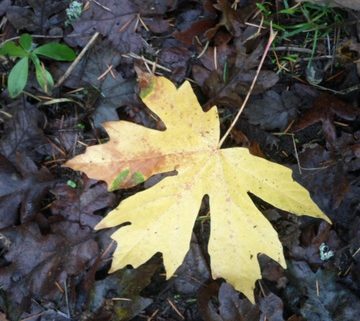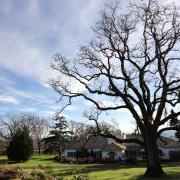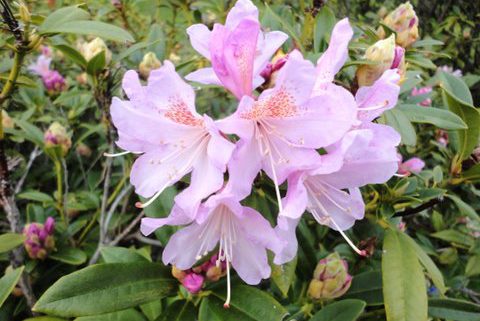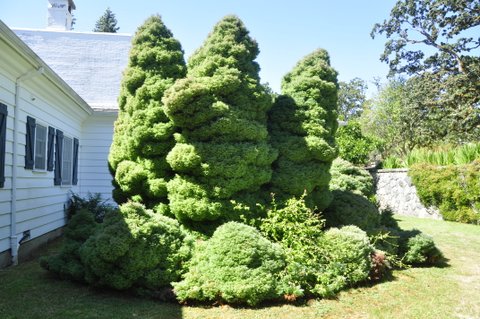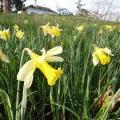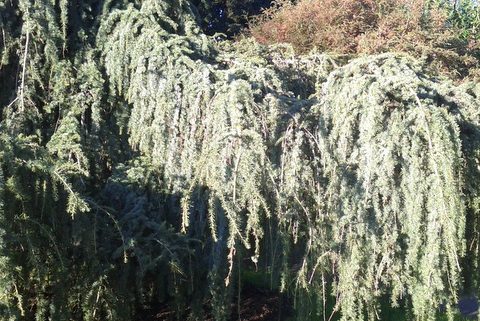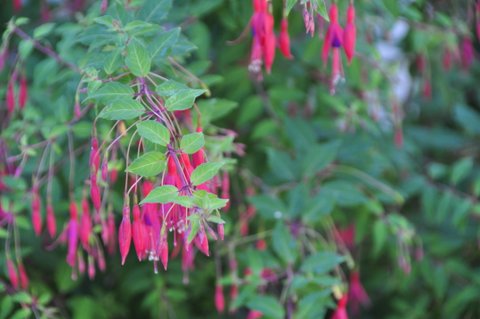Rupert Spira Weekend Retreat
This was a weekend based on a retreat in Amsterdam last spring. We showed five videos which included guided meditations and talks by Rupert as well as his responses to questions posed by the Amsterdam retreat participants. We had our own group discussions and time for quiet contemplation and walks in nature. The wild, windy weather made the outdoors more dramatic than usual. Between seven and eleven people were in attendance for the various sessions over the weekend. Rupert explores the nature of awareness as our fundamental identity and points to the direct non-objective experiencing of that awareness. He suggests the most helpful question we can ask ourselves in this connection is “Am I aware?” Being aware that we are aware is the “highest meditation”. He explores this in detail and goes into the implications of such an awareness in a way that always invites us to come back to our present moment actual experiencing. On Sunday we showed an interview between Krishnamurti and Bernard Levin for the BBC. It is a lively and challenging interaction between the two. Those attending found the presentations very clear and powerful, which led to some interesting and animated dialogue within the group. The material invited us all to look at ourselves and life in a way which challenges and reveals false assumptions we may have be carrying due to conditioning and the prevalent world view or consentual reality. Rupert’s pointings were felt to be radical and effective for the participants and the retreat was considered to be very enjoyable and significant.


